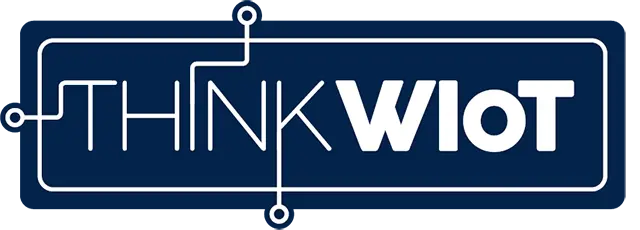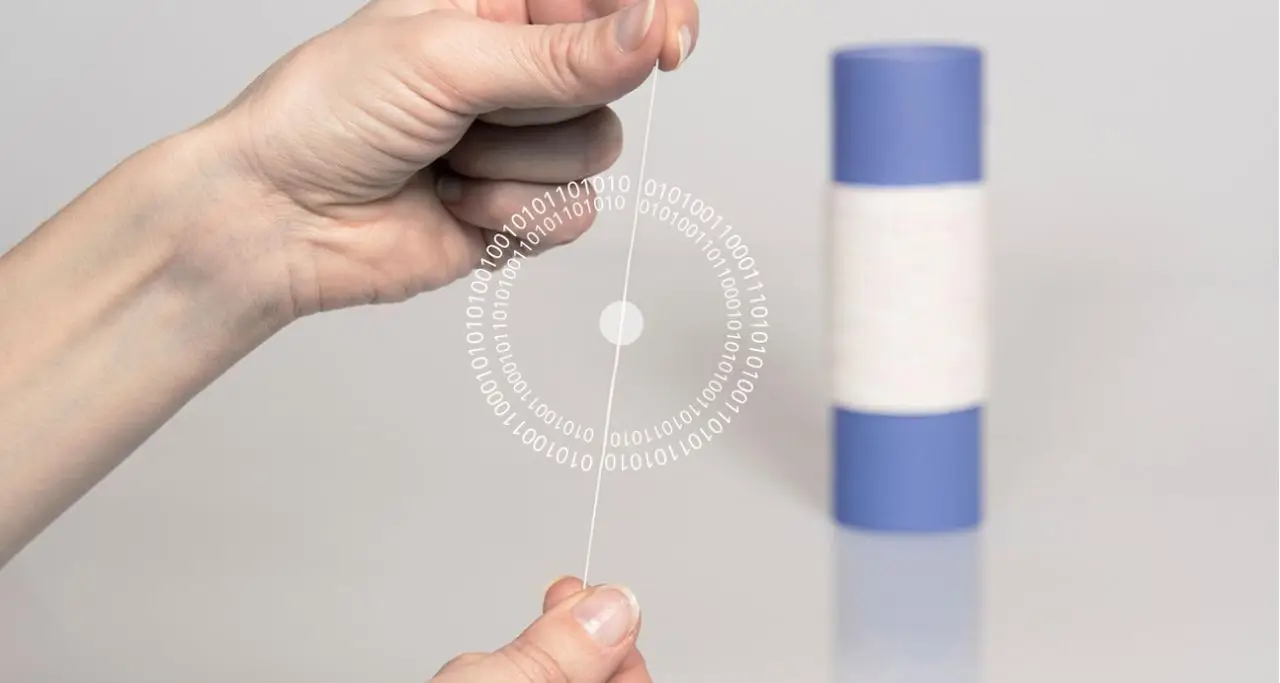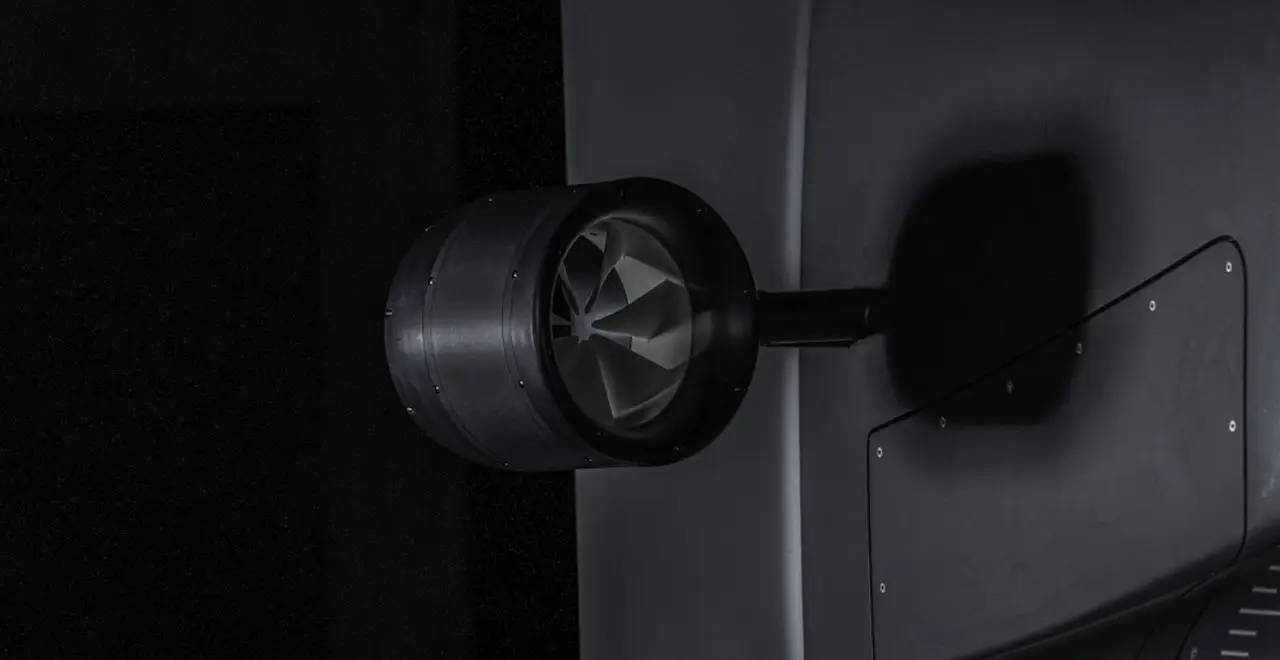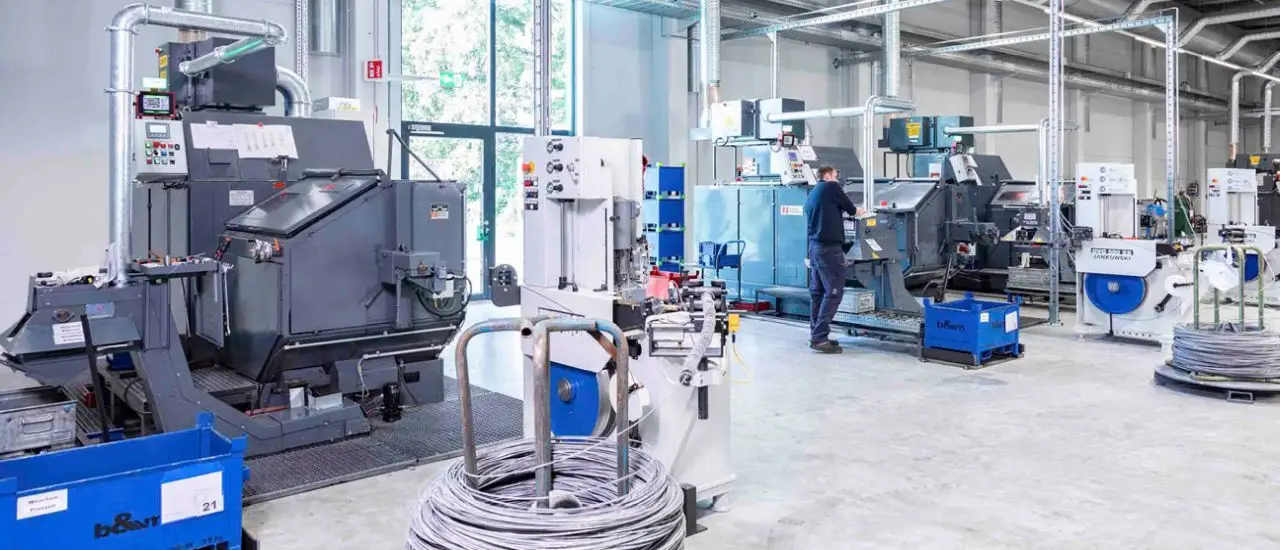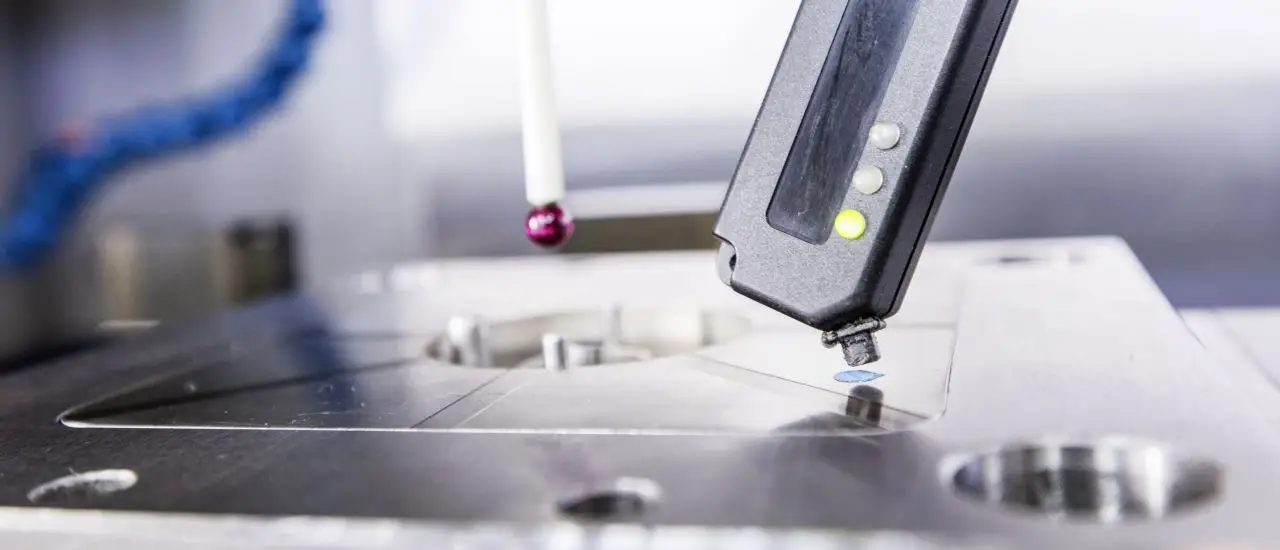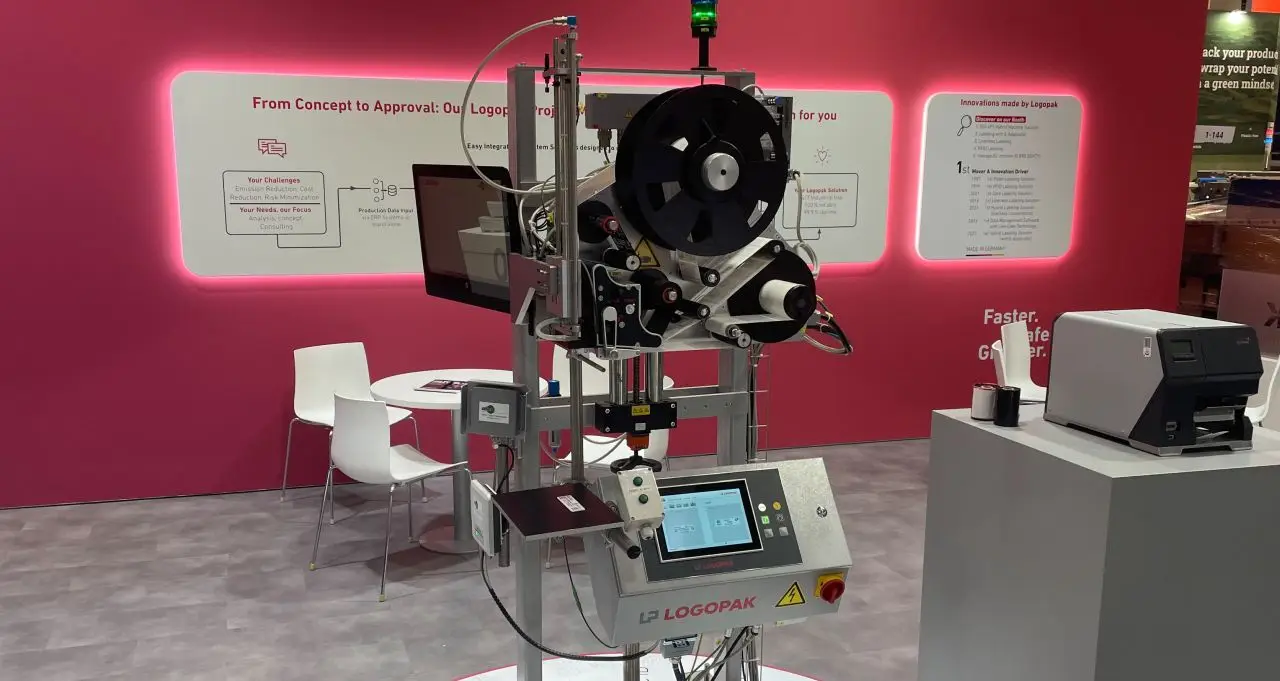That Auto-ID technology is highly effective for tagging and identifying objects is by now widely known. Every day, we scan barcodes or 2D codes, use HF RFID or NFC—whether for contactless payments or benefiting from logistics chains optimized through UHF RFID. But RFID can do far more than just read IDs.
Article written by Olaf Wilmsmeier, Founder & Owner of Wilmsmeier Solutions.
Humans in a Digital World
Humans themselves are analog—without a natural connection to the cloud. And yet, we leave digital traces every day: fitness trackers, credit cards, online shopping, cars, or smartphones serve as digital interfaces through which information is collected and processed. This digital world offers comfort and efficiency, but at the same time raises questions about data privacy and how our information is used.
Silent Objects – With Powerful Potential
Unlike humans, industrial goods, hospital beds, or train wheelsets do not communicate on their own. They are neither connected nor digitally equipped. Yet for maintenance, logistics, and quality assurance processes, it is essential to determine their condition and identity clearly and reliably.
This is where Auto-ID comes into play: whether it’s a barcode on a package or a UHF RFID transponder on a train wheelset—standards-compliant labeling enables unambiguous identification. With RFID, this even works without line of sight, including bulk reading—even for objects already embedded in housings, such as circuit boards.
More Than Just an ID – Data Stored Directly on the Object
Modern Auto-ID systems offer far more today than simple identification. RFID in particular enables information to be stored directly on the object and passed along throughout its entire lifecycle. Production data, firmware versions, or recycling information can be transferred just as easily as references to centralized databases.
In the future, the European Commission’s Digital Product Passport (DPP) will consolidate and standardize these functions—laying the foundation for a functioning circular economy.
From Auto-ID to AIDC: Real-Time Status Data
Auto-ID is increasingly evolving toward AIDC – Automatic Identification and Data Capture. The key difference: in addition to identification, the current status of objects is also captured—often through integrated sensor technology.
These sensor-based AIDC solutions frequently operate without batteries or maintenance. RFID sensor chips (both HF and UHF) already enable the detection and transmission of values such as temperature, humidity, switch states, or virtually any other sensor data via I²C or SPE interfaces.
Battery-Free Sensor Technology – Practical and Efficient?
When is it worthwhile to use AIDC technology for condition monitoring? What practical benefits does battery-free operation offer? These systems draw their energy from the electromagnetic field generated during RFID communication—making them a cost-efficient solution for many industrial applications.
To support this topic, the AIM association has published a clearly structured white paper on RFID and sensor technology. It provides guidance, outlines technical and economic considerations, and serves as a valuable aid in decision-making.
Sensor RFID: More Than Just a Trend
The combination of RFID and sensor technology is not new—sensor transponders have been around for over ten years. However, only recently has the range of applications and technological capability grown rapidly. This development is far from complete. Wherever real-world requirements align with technical feasibility and economic viability, more innovative products will continue to emerge in the coming years.
